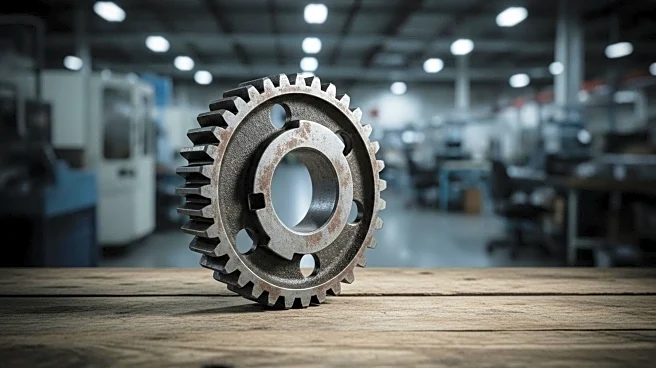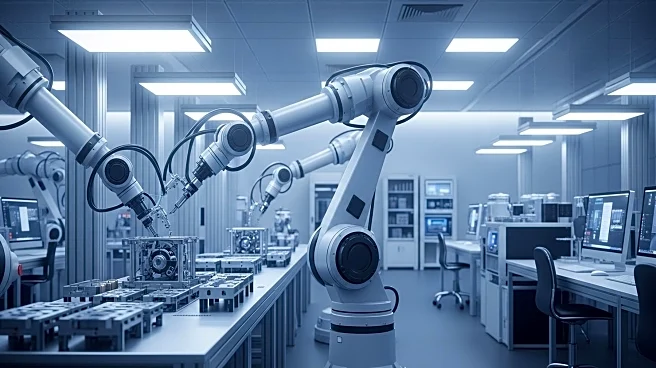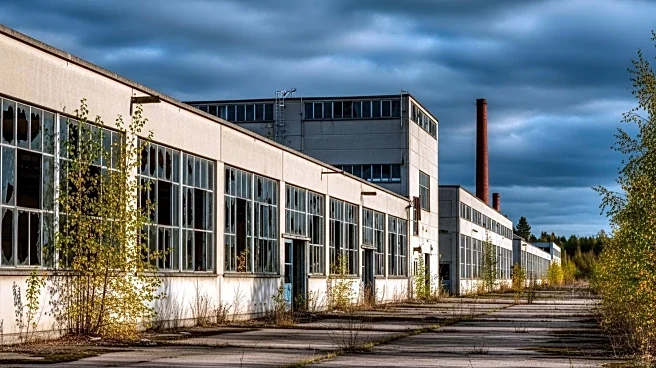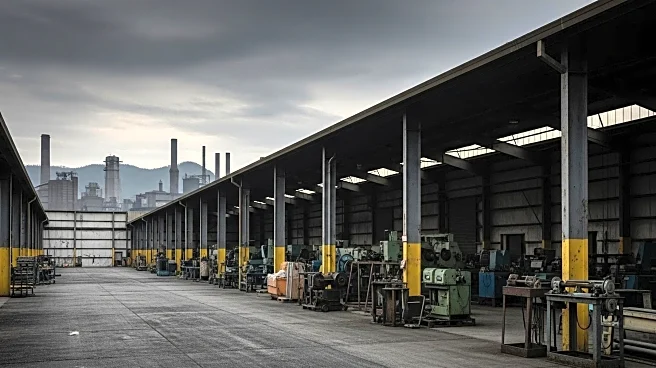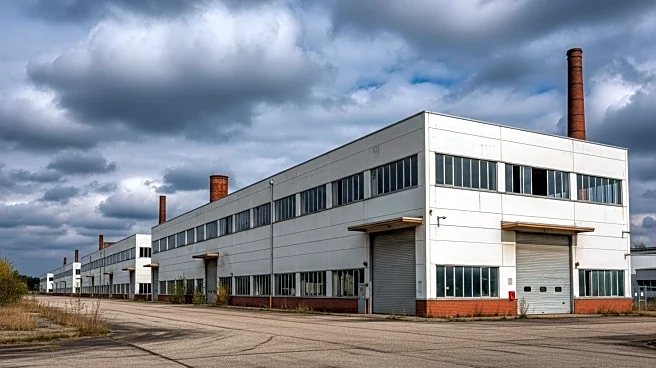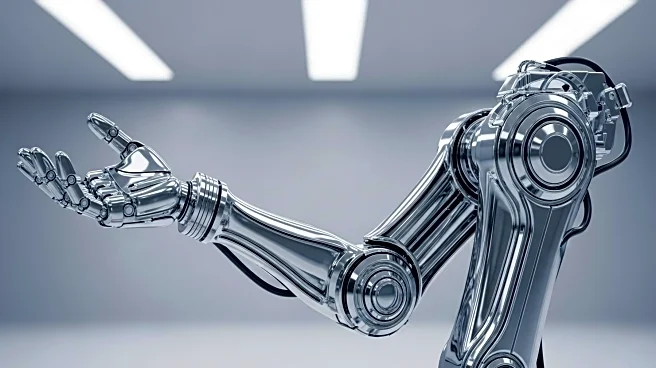What is the story about?
What's Happening?
The U.S. manufacturing sector is experiencing a prolonged downturn, marked by significant job losses and contraction in activity. Recent data indicates that thousands of manufacturing positions have been lost, with key industrial indicators signaling a shrinking base. This situation raises concerns about the broader economic implications and the stability of financial markets. The sector's struggles are prompting a reevaluation of economic resilience and policy effectiveness.
Why It's Important?
The decline in manufacturing has immediate and far-reaching consequences for the U.S. economy, affecting employment, consumer demand, and investment. The loss of manufacturing jobs impacts working-class communities, leading to potential long-term economic decline. The situation also poses challenges for financial markets, influencing investor confidence and monetary policy decisions. Understanding the factors driving this downturn is crucial for formulating effective responses and ensuring economic stability.
What's Next?
Manufacturers may need to adapt to changing economic conditions by investing in automation and technology to improve efficiency and competitiveness. Policymakers could consider measures to support the sector, such as targeted public spending and workforce development initiatives. The focus on sustainability and innovation may offer opportunities for growth and resilience in the face of ongoing challenges.
Beyond the Headlines
The manufacturing downturn highlights broader trends in the global economy, including the shift towards service-based industries and the impact of automation on employment. It raises questions about the future of manufacturing and the need for strategic investments in technology and workforce development. The situation also underscores the importance of addressing regulatory burdens and trade policies to support domestic production.
AI Generated Content
Do you find this article useful?
